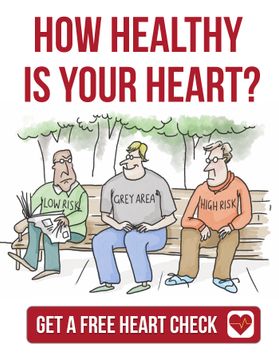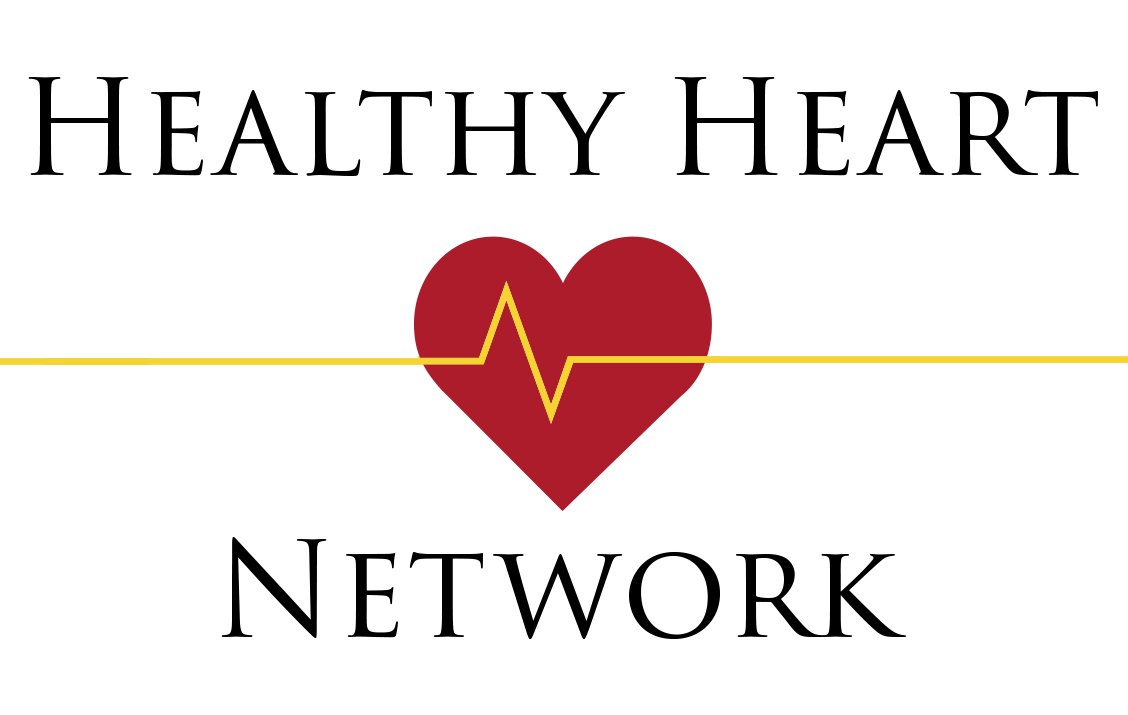JOIN OUR HEALTHY HEART MEMBERSHIP HERE: https://healthyheartnetwork.com/page/starter
Welcome to Doctor Warrick's Podcast Channel. Warrick is a practicing cardiologist with a passion for improving care by helping patients understand their heart health through education. Warrick believes educated patients get the best health care. Discover and understand the latest approaches and technology in heart care and how this might apply to you or someone you love. Hi, I'm Dr. Warrick and I'd like to welcome you to my consulting room. Today I'd like to speak a little bit about my book, "Have You Planned Your Heart Attack?" And I'd like to specifically talk about our current approach to risk assessment. I talk about this in the book because it's important as a starting point for where we are at the moment. I really want to emphasize the differences between population-based risk assessment versus individual-based risk assessment. I'm going to give you an example to help me explain that. Imagine we take a 50 year old male who wants to be proactive about his health and so he goes to see his general practitioner; his local doctor; and says "what's my risk of a heart attack?" Well, the doctor will use, in our current approach, a standard risk calculator which will include things like age, sex, blood pressure, cholesterol level, his diabetic status, whether he smokes, and maybe some other factors. The doctor will enter that 50-year-old male's characteristics into the risk calculator and then come back to him with an estimated risk of event. Let's say this 50-year-old male who is being proactive is fairly average in all those respects. So, he is a non-smoker and not diabetic. Chances are, the risk calculator will estimate for him having an event will be 10% over 10 years. So, his doctor will turn around and say “your risk of a heart attack over the next 10 years is approximately 10% based on this risk calculator.” Now, in medical lingo, we consider that intermediate risk. And for intermediate risk, we don't tend to implement therapy. So, the doctor routinely would reassure the patient, and the patient would feel reassured, because if he did a quick calculation in his head, he would understand that he had a 99% chance per annum of not having an event. Everyone would be happy and that's where it would be left. The GP or local doctor would probably say things like "keep exercising or look after yourself, don't put on any weight, eat healthily," etc. However, if the local doctor reframed the information from that risk calculator, it might mean something different. How about if the local doctors said, "look, based on the criteria you've just given me; your age, sex, blood pressure, cholesterol, diabetic status, smoking status; based on those criteria, my risk calculator is telling me that if we follow 100 men with the same criteria as you for a 10-year period, 10 of those men will have a coronary event. And in all honesty, I don't know if you're one of the 10 or one of the 90." If you let that sink in, you will understand the difference between population-based risk assessment, where it's a 10% risk for the entire population versus individual-based risk assessment because in an individual-based risk assessment, 10 men out of that 100 will have an event, 90 men will not. That means that 90 men have a 0% event rate, and 10 men have a 100 percent event rate. Well, the question then becomes "am I one of the 90 who are not going to have an event, or am I one of the 10 who are high risk or likely to have an event?" That's the platform and the starting point for my book where I talk about imaging to help us separate out and be more precise about that risk stratification. Finding those individuals who really are at high risk and finding those individuals who are just not at high risk. I hope you enjoy that as a small introduction. I'm sure you would find the read interesting if you found the discussion interesting. I think it's really important to understand the difference between population-based risk versus individual-based risk. I really thank you for joining me as always, I wish you good health. Goodbye. You have been listening to another podcast from Dr. Warrick. Visit his website at www.drwarrickbishop.com for the latest news on heart disease. If you love this podcast, feel free to leave us a review.
Check out my book at http://drwarrickbishop.com/books/









